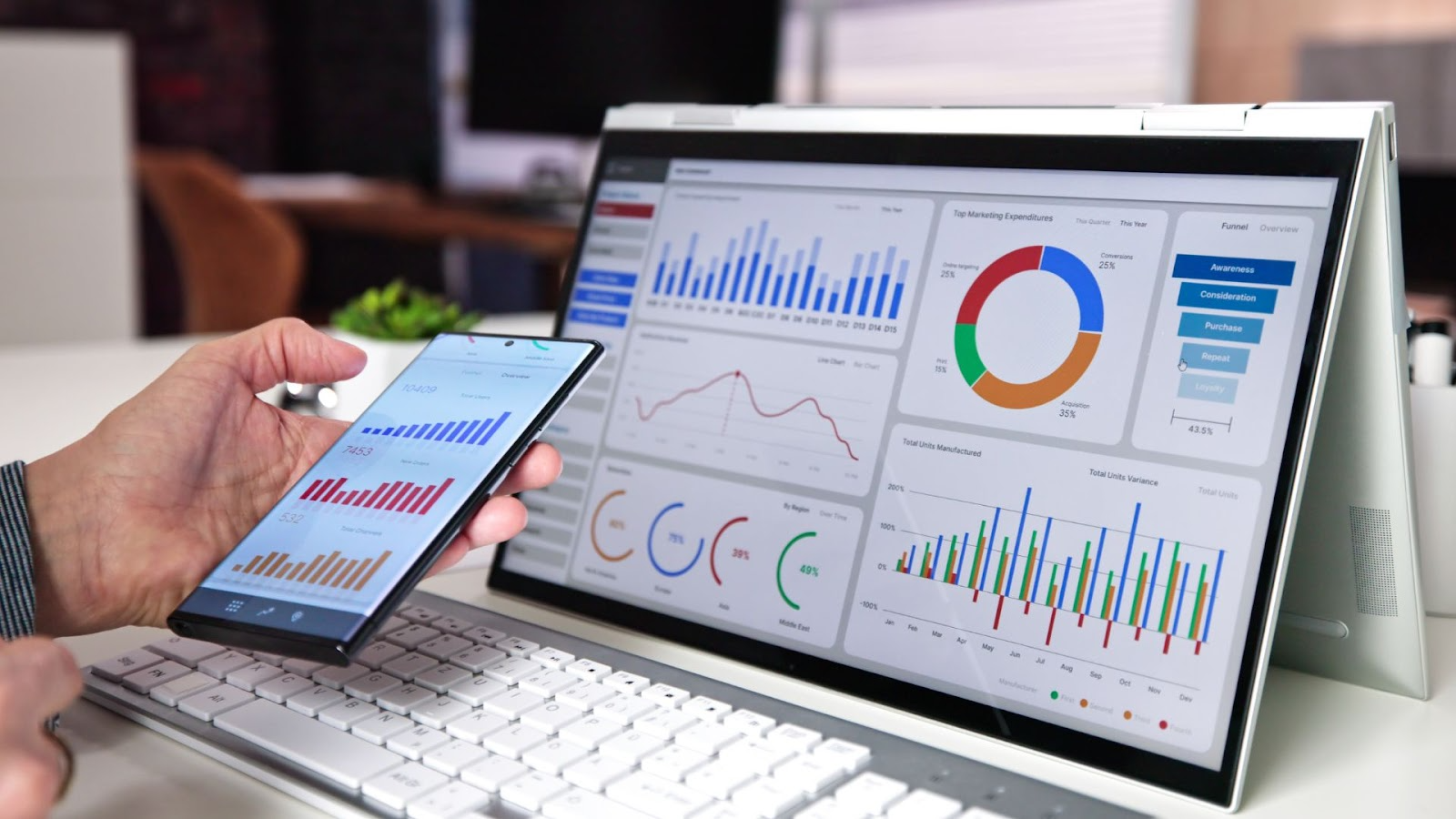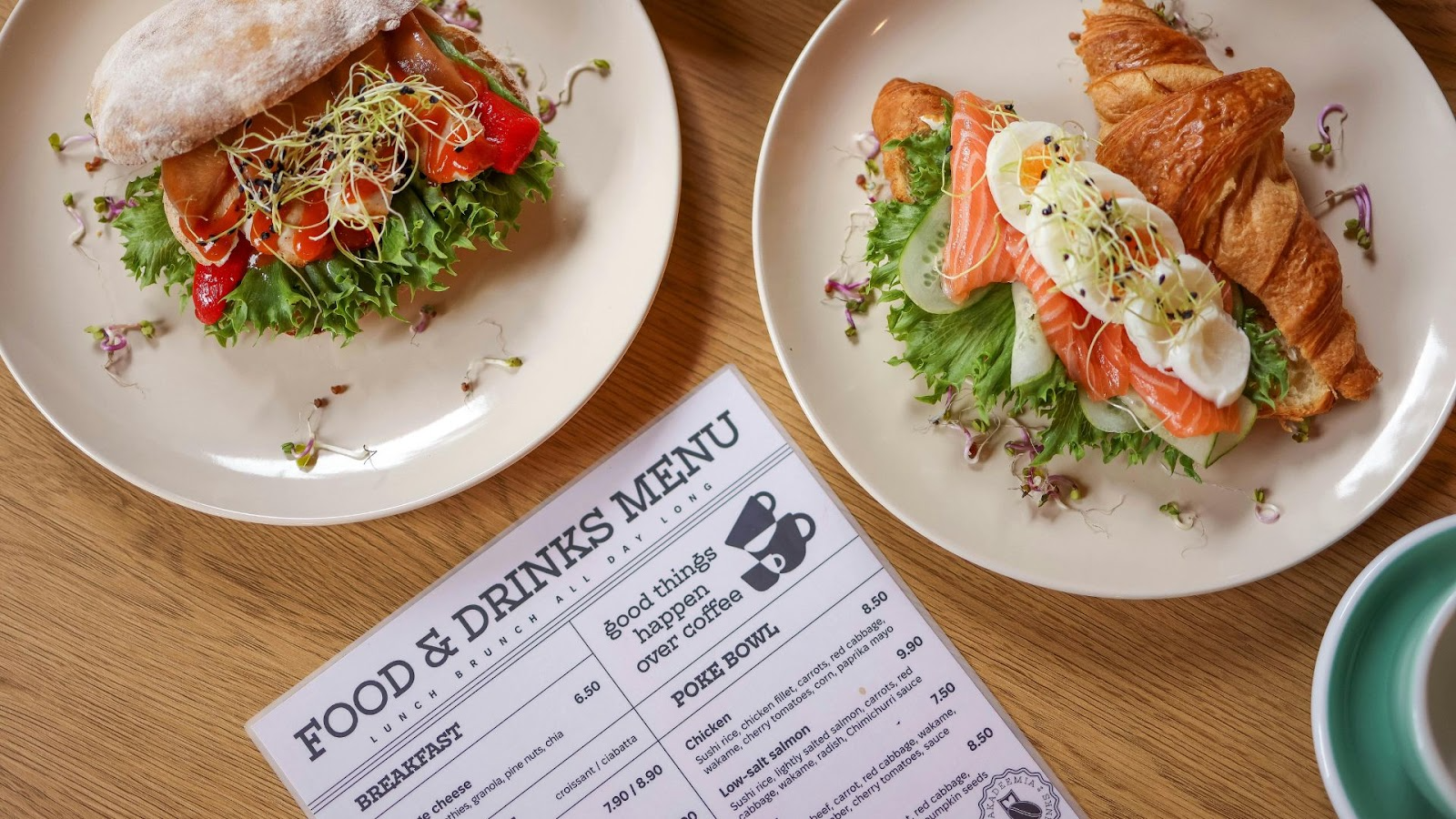September 25, 2025

Restaurant owners today can’t afford to overlook customer data. Packed with insights on preferences, ordering habits, and behavior, this information is a goldmine that, when used wisely, has the potential to fuel exponential business growth.
This article will highlight why restaurant data is essential for running a successful and efficient food business, showing how data-driven insights into various aspects of the day-to-day operations can guide smarter, more strategic decisions.
When running a restaurant business, owners can’t afford to slip up when it comes to trying new things. With competition growing around every corner and customer expectations evolving rapidly, relying solely on intuition or past experience isn’t enough.
Data provides a clear picture of what’s working, what isn’t, and where opportunities lie. By using restaurant data effectively, you can make informed decisions that improve menu performance, streamline operations, and boost profitability. Here’s what you get with data:
Data can reveal hidden opportunities and guide smarter decisions across your restaurant. Understanding what to track is the first step toward turning insights into action.

Accurate, relevant information gathered from restaurant data gives a clear view of menu performance, customer behavior, and operational efficiency. With the right insights, you can pinpoint opportunities to increase profitability and improve service.
But where do you find this data? Here are some key data metrics to track:
Collecting the right restaurant data starts with knowing where it comes from. If your restaurant doesn’t already have these, implement multiple touchpoints that generate valuable insights, and use these sources to paint a complete picture of operations and customer behavior.
Some examples of such touchpoints are:
By tapping into these data sources, restaurant owners can make smarter decisions, identify trends, and improve both operational efficiency and customer satisfaction.
The best part is you won’t have to partner with a third-party provider to start collecting customer data. With iOrders, you can take full ownership of customer relationships and gain direct insights into their behavior and actions through our powerful platform.
However, collecting data is just the first step, as its true value comes from how effectively you put it to work.

Restaurant data empowers you to make informed decisions that enhance every aspect of your business, from menu offerings and operations to guest experience and growth strategies. Below, we will explore practical ways restaurant owners can use data to achieve these goals.
Understanding the trends and patterns from customer and restaurant data helps you highlight what works and adjust what doesn’t. By analyzing sales, profitability, and consumer preferences, you can refine your menu to better meet demand and maximize revenue.
Let’s take a look at a few ways you can do this:
An optimized menu drives higher sales, reduces waste, highlights your most profitable dishes, and ensures a better dining experience that keeps customers coming back.
Every restaurant faces operational challenges; staff bottlenecks, inventory waste, and slow service can affect both profitability and customer satisfaction. Restaurant data helps turn these challenges into opportunities by revealing patterns and inefficiencies that might otherwise go unnoticed.
Here are a few ways you can implement operational improvements using data insights:
When operational insights are applied strategically, restaurants can reduce costs, improve staff performance, and deliver a smoother experience that keeps guests satisfied.
Understanding your guests goes beyond knowing what they order; it’s about anticipating their preferences and creating a memorable experience. Restaurant data allows you to tailor interactions, menu suggestions, and promotions to meet individual needs, fostering loyalty and repeat visits.
Here are some simple ways you can use the customer data gathered from different sources to improve the dine-in experience:
Personalizing dining experiences makes guests feel valued and appreciated, encouraging them to return, bring friends and family, and share positive word-of-mouth that grows your restaurant’s reputation.
With iOrders’ managed marketing services, you can use data insights to engage your customers more effectively, with proactive strategies that boost loyalty and drive revenue growth.
Restaurant data can also guide strategic business decisions that drive growth. By analyzing sales patterns, customer behavior, and operational insights, owners can make informed choices that improve profitability and long-term success.
Key ways to use data in decision-making include:
Applying restaurant data in these ways ensures decisions are based on facts rather than guesswork, helping your business stay competitive and profitable.
As you can see, data is essential for continuous improvement and informed decision-making when running a restaurant business. But all of this is only possible if you have a platform that lets you collect, organize, and manage it effectively.

Collecting and analyzing restaurant data is much easier with the right tools. Modern technology enables restaurant owners to centralize information, spot trends quickly, and make data-driven decisions without getting bogged down in spreadsheets or manual tracking.
Data management platforms help restaurant owners consolidate, visualize, and analyze restaurant data in one place, making it easier to spot trends, track performance, and make informed decisions. Some popular options include:
Through these platforms, restaurant owners can turn complex data into actionable insights, making it easier to optimize menus, streamline operations, and improve customer experiences.
There are also tools built specifically for restaurants, designed to integrate with POS systems, reservations, loyalty programs, and inventory management. These platforms capture real-time insights into sales, customer behavior, and operational efficiency.
Using such specialized tools, like those offered by iOrders, ensures that the data is relevant to your unique needs. This allows restaurant owners to make proactive, informed decisions that enhance customer engagement, streamline operations, and ultimately drive growth.

While data brings in a lot of benefits, collecting accurate and actionable restaurant data is not always straightforward. Restaurant owners may face hurdles that can limit their effectiveness if not addressed properly.
Let’s look at some common challenges associated with data collection:
1. Data Overload: With multiple sources like POS systems, reservations, loyalty programs, and online orders, it can be overwhelming to consolidate and make sense of all the information.
2. Data Accuracy: Inconsistent or incomplete data entry can lead to incorrect insights and poor decision-making.
3. Integration Issues: Disconnected systems make it difficult to get a unified view of sales, customer behavior, and operational metrics.
4. Staff Training: Teams may lack the skills to collect and interpret data effectively, reducing its usefulness.
5. Data Locked Behind Third-Party Services: Relying on external platforms often restricts access to full customer and sales data, limiting actionable insights.
Understanding these challenges is the first step toward implementing systems and tools that ensure restaurant data is reliable, actionable, and capable of driving meaningful improvements.
iOrders helps restaurants take full ownership of their customer data, eliminating the need to rely on third-party apps. This gives restaurants direct access to insights on customer behavior, ordering patterns, and preferences, while reducing fees and maintaining full control over the customer experience and brand identity.
Beyond data ownership, iOrders offers a suite of services to streamline operations and drive growth. Commission-free online ordering, website and QR ordering, and delivery-as-a-service simplify order management. Managed marketing services, loyalty and rewards programs, smart campaigns, and AI-powered review systems help restaurants engage guests, boost repeat visits, and enhance satisfaction. The white-label native mobile app further strengthens direct customer relationships and brand presence.
Want to take control of your restaurant’s growth and insights? iOrders can transform your data management and customer engagement, helping you make smarter decisions and build stronger guest relationships.
Book a free demo today.
1. How often should I review my restaurant data?
It depends on the type of data. Daily tracking is useful for sales and inventory, while customer trends, menu performance, and loyalty insights can be reviewed weekly or monthly to guide strategic decisions.
2. Can small restaurants benefit from data analytics?
Absolutely. Even smaller establishments can use POS data, customer feedback, and operational metrics to optimize menus, reduce waste, and improve customer satisfaction, scaling insights according to business size.
3. How can I ensure my data is accurate and reliable?
Standardize data entry across systems, automate collection where possible, and regularly audit data to catch errors. Integrating platforms like iOrders helps centralize and clean your data.
4. What types of marketing decisions can data inform?
Customer data can guide targeted promotions, loyalty rewards, personalized campaigns, and optimal timing for offers, helping maximize engagement and repeat visits.
5. Is it difficult to train staff to use restaurant data effectively?
With intuitive tools and proper training, staff can quickly learn to interpret dashboards, track performance, and apply insights, making data a practical part of daily operations.